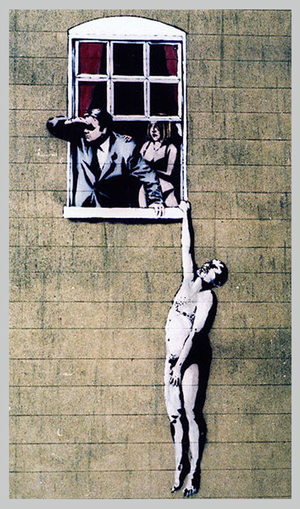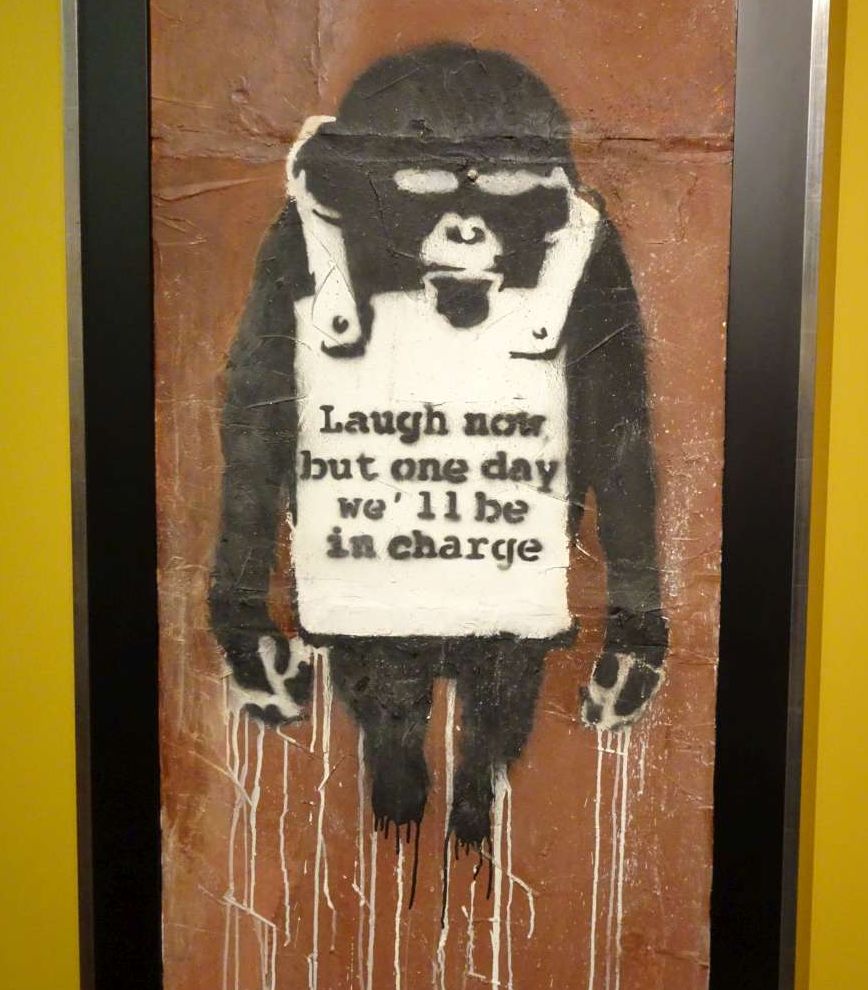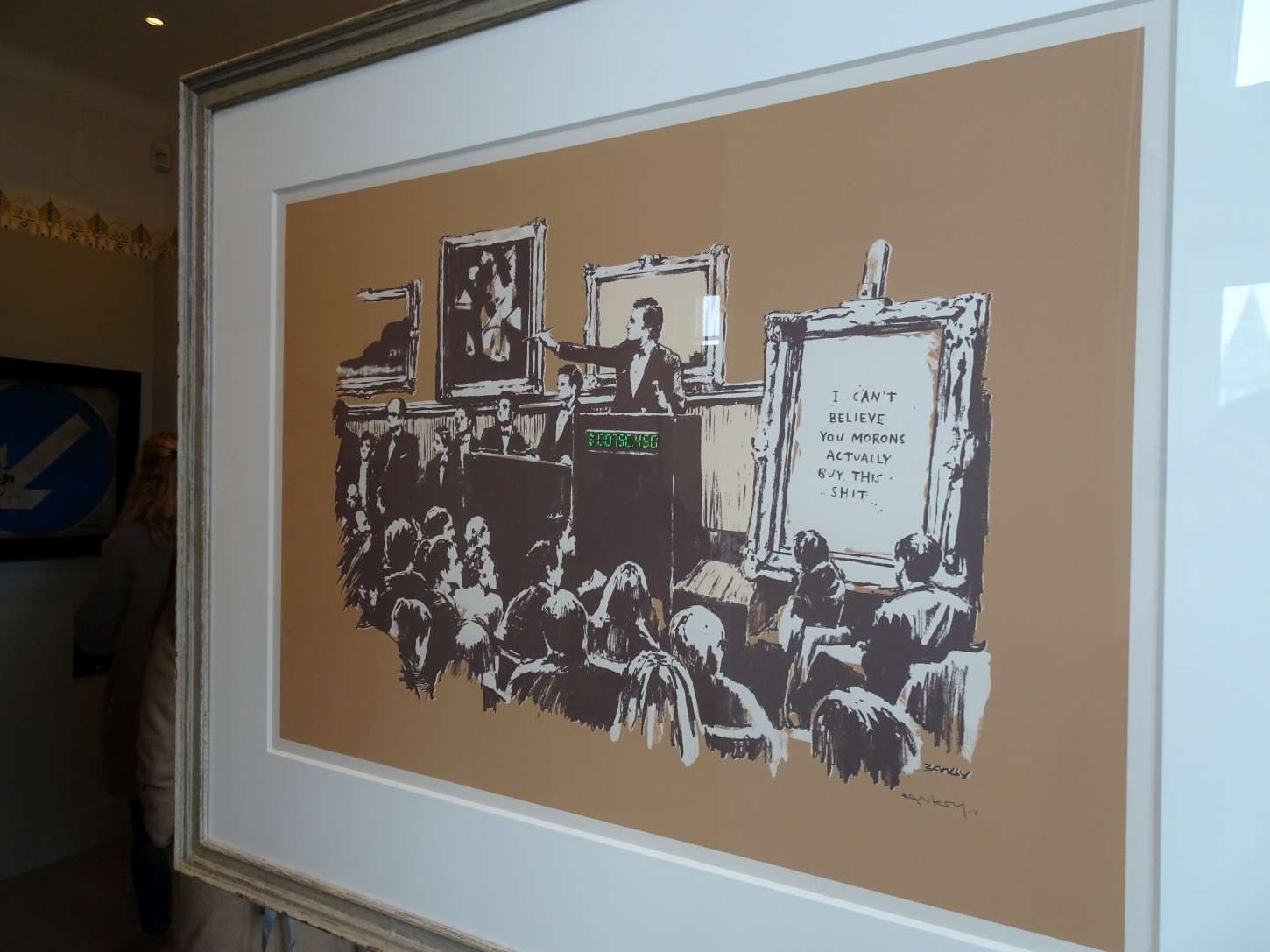My first encounter with Banksy, the English Bristol-born graffiti artist, was back in 2012 when I visited Bristol and saw the hanging man. Back then I took a picture of the graffiti because it was provoking but I had no idea who the artist was.
Fast forward to 2015, I came across some artwork that had the distinct style of Banksy and read up more on him and his work. Banksy’s pieces usually have a social and political overtone and is usually very accessible to the public, without too much nuances or subtleties.
For me, Banksy’s art was a nice introduction to street art because I certainly didn’t have the artistic sophistication to distill messages from more complex mediums (e.g. fine art). Art is a way of asking questions, and yet leaving enough ambiguity for plausible deniability. Understanding the intention of the artist is a challenge of the viewers.
Fast forward again to today, I watched a documentary about Banksy’s project in New York where he released the location of a new piece of his work every day for the whole month of October.
For the interested readers, the original site is no longer accessible, but the archived version can still be accessed. The accompanying “audio guides” can be found on Youtube.
The Guardian also did a piece here. This article is yet another curated list of Banksy’s art during the 31 days.
The documentary touched on several themes. One of them is the value of his work, and what people do because of it. Normally, one would expect people to leave the graffiti alone or have someone whitewash them. But because of his notoriety, his painting are usually taken down by opportunistic people in the hope of selling the original some time in the future.
According to the film:
- There was a day where his art was sold on the road side for 60 dollars a canvas. About 8 of them were sold. Each of them is now valued at approximately 250k."
- When he pained on the door of a random shop, some people had that door replaced so that the original one can be sold.
- In cases where the art cannot be taken down, some decided to claim that territory and started charging people who wants to take a picture with the art.
Morality and legality aside, I think these inspired the following piece:


